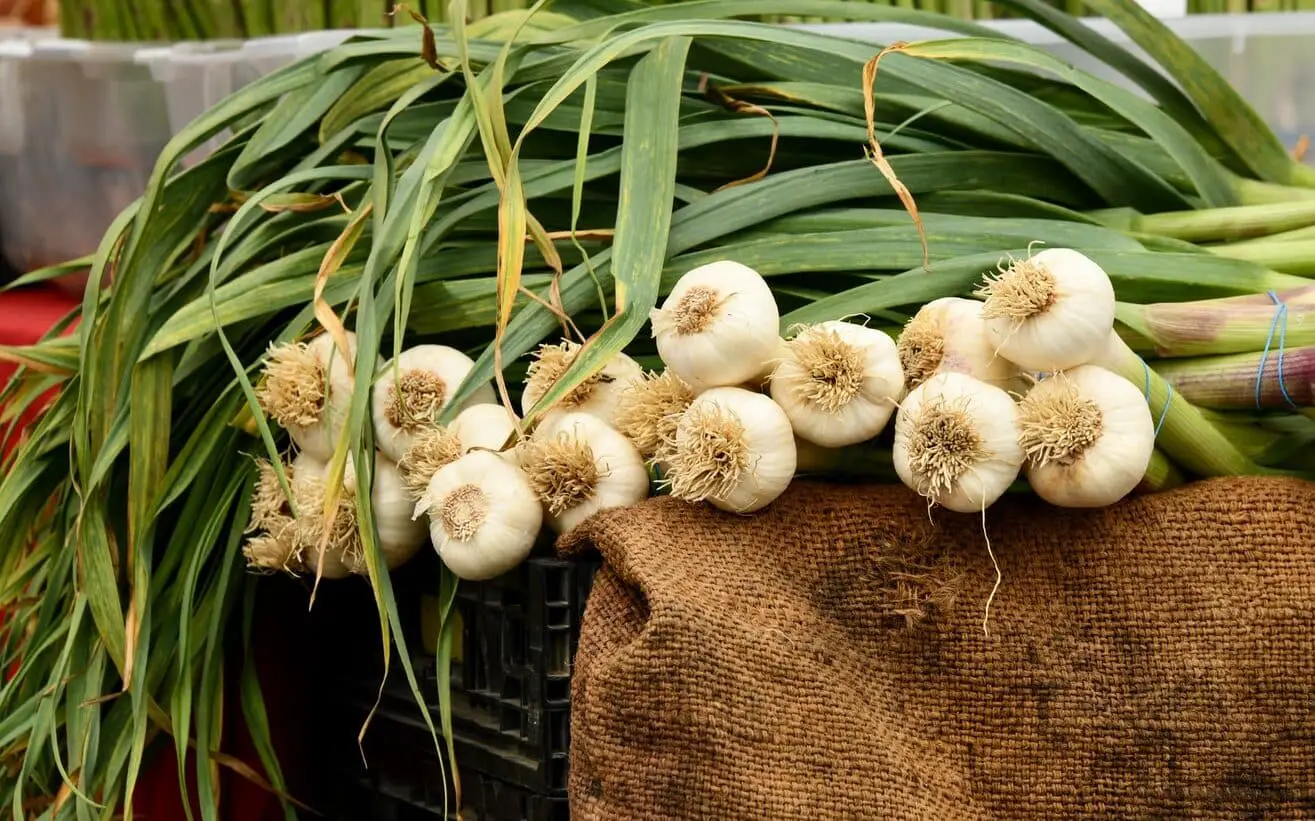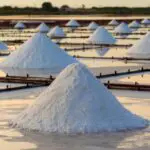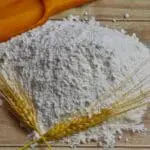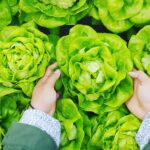Table of Contents
Trying to save time and effort by using garlic powder and garlic granules can often come with its own headaches. It is a reliable source of shelf-stable garlic flavour that can be adapted to almost any recipe, but what exactly is the right amount? Exactly how many teaspoons is a clove of garlic equivalent to?
Garlic Powder vs Garlic Granules
Other than the size of the granules, these two different form factors are identical in almost every way, however, where you would use them differs slightly. The finer particles of garlic powder ensure that it incorporates into sauces and liquids far better without adding additional textures or consistencies.
Whereas, if you want to provide a garlic crunch to your dish, granulated garlic is by far the best choice as it is far less soluble and will retain its granular shape and texture. This granulated form is also less prone to clumping and is far easier to handle both in and out of the jar.

Powder | How Many Teaspoons is a Clove of Garlic Equivalent To?
- 1/8 tsp garlic powder = 1 clove of garlic
Granules | How Many Teaspoons is a Clove of Garlic Equivalent To?
- 1/4 tsp garlic granules = 1 clove of garlic
Garlic Puree
A relatively new contender in the fresh-garlic replacement arena, garlic puree manages to be far more potent and concentrated than other garlic options, however, the processing and added ingredients (oil and salt) have a significant impact on the freshness of the final product.
If you are looking for a fresh and peppery alternative to garlic, look somewhere else because although this is an excellent stand-in for strong background flavours, it is no substitute for recipes that rely on the freshness and heat of normal garlic cloves.
Puree | How Many Teaspoons is a Clove of Garlic Equivalent To?
- 1 tsp garlic puree = 1 clove of garlic
But Can You Really Substitute Fresh Garlic for Dried Garlic?

It may surprise you, but in some applications, dried garlic can actually be preferred. This usually comes down to the way that granulated and powdered garlic can be evenly distributed. When used in a spice blend or a meat rub, fresh garlic has a tendency to cause clumping with the other spices due to its natural moisture. However, using a jarred, dried garlic alternative allows for the garlic flavour to distribute throughout the entire mix and provide an even coating throughout.
Not only this, but the soluble nature of dried alternatives are perfect for soups and chowders where you would not want the texture of the minced or crushed garlic to be felt.
Alternatively, there is currently no shelf-stable or dried version of garlic that retains its fresh and peppery taste and is therefore not suitable for raw applications or anything like garlic bread. Similarly, it cannot be used in place of fresh garlic in a recipe that requires that you saute the garlic as granulated garlic can not be used in this manner. If you absolutely must use dried garlic in this situation, it should be added at a stage that has a large amount of liquid so that it can properly incorporate without clumping.
Cheat Sheet | How Many Teaspoons is a Clove of Garlic Equivalent To?
| Garlic Powder | ⅛ tsp = 1 clove |
| Garlic Puree | 1 tsp = 1 clove |
| Garlic Granules | ¼ tsp = 1 clove |
The Best Alternative to Dried Garlic
If you are looking to add a real punch of garlic to your food without constantly peeling and chopping fresh garlic to do it, then you should consider frozen garlic.
Many brands of frozen garlic provide it in exceptionally easy to use portions of single cloves, essentially requiring you to do nothing other than replacing them one for one in your recipe. They are not a silver bullet, nor will they replace fresh garlic in everything you make, but the taste is far fresher and more authentic than the other replacements I have mentioned and it is my favourite way to make sure that I always have some garlic on hand when I need it.
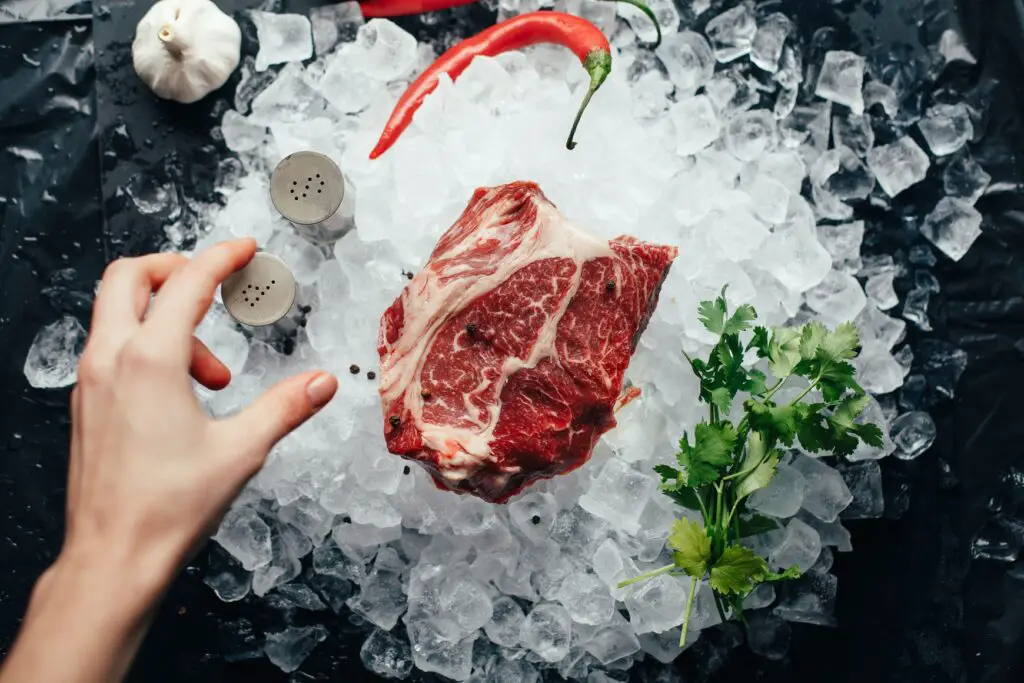
Best Garlic Uses
When trying to list the best uses for garlic it is important to remember that there are very few poor uses. Garlic is an almost universally loved flavour and one that can be used to enhance almost any dish. However, there are some places where it truly shines:
- Garlic Bread – Named one of the most popular foods in the world, garlic bread is an excellent vessel for sauces, meats and cheese as well being such a strong flavour that it can stand on its own merit as a dish without any other additions.
- Roast Chicken – This meat is synonymous with garlic and herbs, its skin is particularly well suited to take on the flavours and texture of granulated and powdered garlic and it is a must-use whenever you find yourself dealing with a whole bird.
- Mushrooms – The kings of umami, mushrooms complement the similar umami centred flavour profile of garlic in a way that produces something that is far more than the sum of its parts.
Garlic Substitutes
Many people avoid directly consuming garlic for a number of reasons, such as bad breath and digestive issues, however, there are ways that you can try to replicate the flavour (or at least the effect it has) in your recipes.
Garlic Oil
This is the perfect substitute for those that cannot eat garlic due to digestive issues as whilst the flavours are able to migrate into the oil, the fibrous parts responsible for causing issues in individuals with IBS and other symptoms are left behind after the infusion. You would use this in place of finishing oils and even at certain stages of cooking as a flavoured cooking oil.
I do not recommend you fry with garlic oil as the lower smoke point could be dangerous at high temperatures, not to mention that the flavours will begin to break down and deteriorate.
Lemon Zest
On the surface this may appear as a bizarre substitute, however, the freshness and sharp acidity that lemon zest provides replicate the flavour profile of garlic excellently. But if it is garlic flavour you are trying to get, maybe look somewhere else.
Onion
There is a reason that most recipes that call for garlic also call for onions, they are a perfect match for each other in the flavour world and since you are accustomed to eating them both at the same time, your brain will be fooled into thinking that there is actually fresh garlic present when there isn’t.
How To Store Fresh Garlic

The first important step is acquiring good quality garlic. A firm bulb is an indication that your garlic is fresh and will not start to sprout prematurely. Storing your garlic in the fridge is an excellent way to drastically reduce its shelf life; the cold temperatures will introduce moisture to the interiors of the garlic and promote mould growth far faster than if it were left out.
Instead, you should store your garlic in a well-ventilated spot that gets minimal light and is approximately room temperature. This allows it to breathe as well as reduces the chance of sprouting due to the bright lights that can be a key contributor to your garlic going bad faster.

